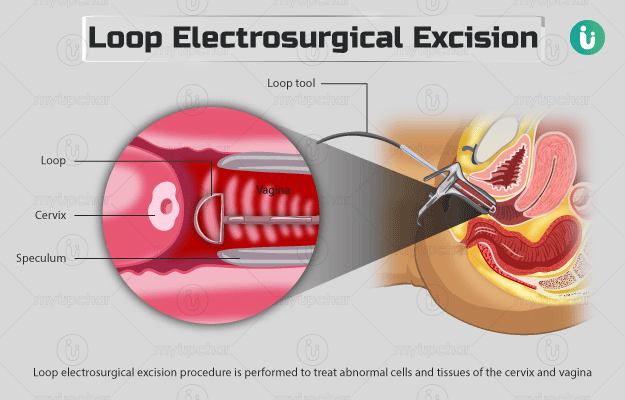Summary
Loop electrosurgical excision procedure (LEEP) involves the identification and treatment of abnormal cells in the cervix (cervical dysplasia) and vagina.
Cervical dysplasia, if left untreated, can lead to cancer in future. LEEP helps to remove these cells. The cells are then sent to the laboratory to check for cancer. Before the procedure, you will be asked to undergo a Pap test or colonoscopy biopsy. If the two tests confirm the presence of abnormal cells then your surgeon will suggest LEEP. Your healthcare provider may ask you to take painkillers at least 30 minutes before the procedure. LEEP is performed under the effect of local anaesthesia (to numb the region that is to be operated on). During the procedure, a loop will be inserted into your cervix and an electrical current will be passed through a loop to remove a layer of tissue containing abnormal cells. After the procedure, you may experience cramping, soreness, and mild bleeding for a while. You may also observe a change in your period flow. Your doctor will advise you to abstain from sexual activities, douching, and using tampons for four weeks after the procedure. You will have to undergo a repeat Pap test four months after the procedure.










































